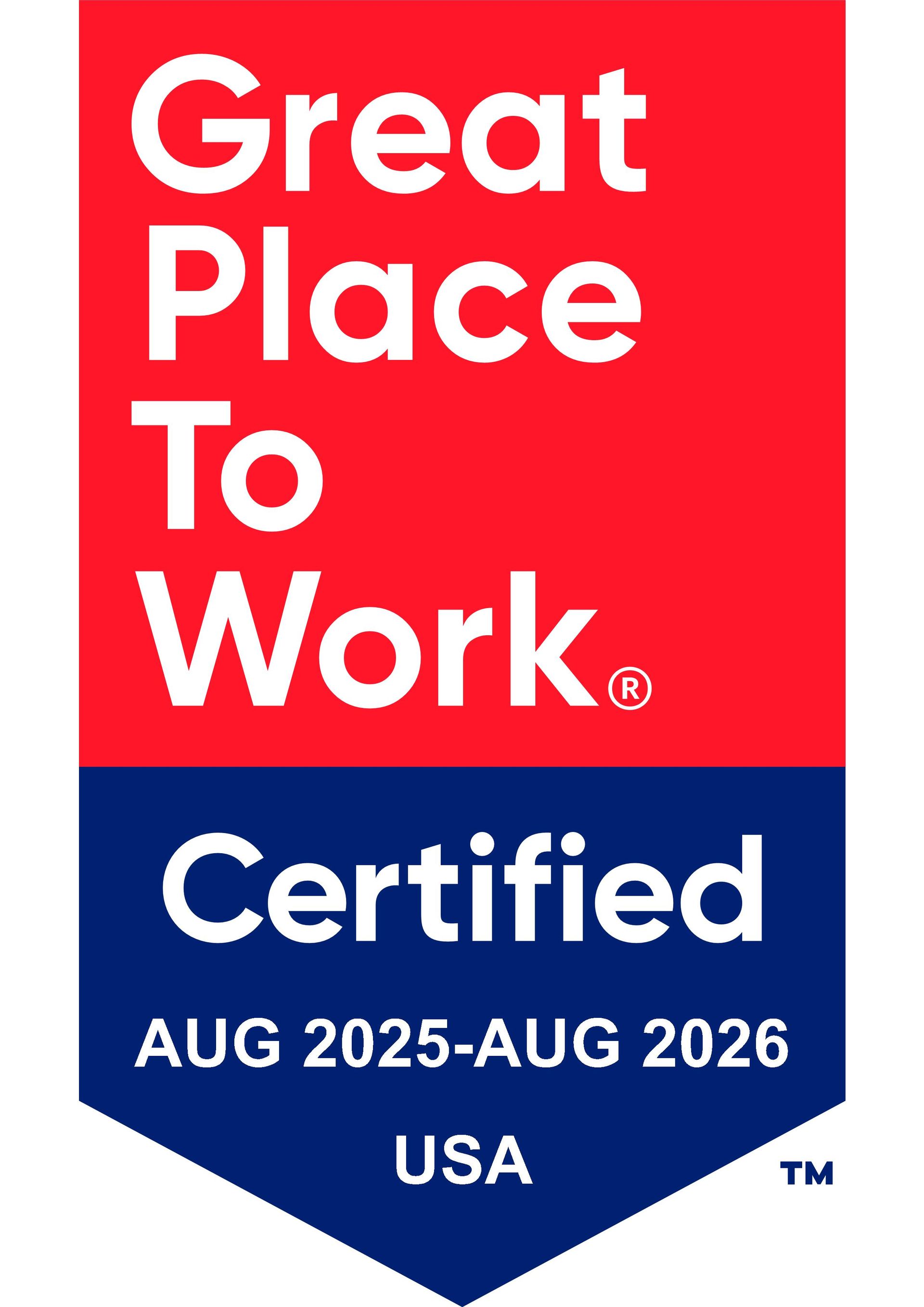
What are the 3 kinds of employees, and how do they affect your bottom line?
19 August 2023

In every workplace, there exists a dynamic mix of employees, each with their own unique perspective, attitude, and work ethic. Understanding this spectrum of employee engagement is crucial for businesses, as it significantly impacts their bottom line. The three broad categories into which employees can be classified are: engaged, disengaged, and actively disengaged. Let’s discuss each of these categories, how employees might become disengaged, and what management can do to turn those numbers around and improve the company’s profits.
Engaged Employees - The Powerhouse of Productivity
Engaged employees form the bedrock of any successful organization. These individuals not only enjoy their work, but they also have a deep sense of connection with the company they work for. Their dedication and enthusiasm lead them to consistently go the extra mile, striving to make their organization better every day. They're the ones who transform an ordinary workplace into a vibrant and thriving community.
Here are some qualities commonly found in engaged employees:
Team Players: Engaged employees want to feel like an integral part of the team. They thrive on collaboration and feel motivated when they know their contributions matter.
Feedback Seekers: They crave real-time feedback. This helps them understand their strengths and areas for improvement, driving them to excel.
Value Perks and Rewards: Engaged employees appreciate perks and rewards that go beyond monetary compensation or paid time off. These incentives make them feel valued and recognized for their hard work.
Actively Disengaged Employees – Demoralized and Unmotivated
On the opposite end of the spectrum, we find actively disengaged employees. These are individuals who don't find joy in their work. They may be unhappy with their responsibilities, their managers, or even the company as a whole. This discontentment can cast a shadow over the workplace, potentially eroding the positive environment that engaged employees work hard to create.
Here are some qualities typically seen in actively disengaged employees:
Isolation: They often lack opportunities to interact with their co-workers. Isolated employees can feel disconnected from the company's mission and goals.
Poor Management: Bad management can be a significant factor in employee disengagement. When employees feel undervalued or unsupported by their superiors, their motivation plummets.
Limited Feedback: If employees only receive annual performance reviews, or none at all, it can leave them feeling disconnected from the company and undervalued.
Not Engaged Employees - The Silent Majority
Surprisingly, a recent report from Gallup showed that over half of employees in the U.S. fall into the category of "not engaged." These employees, while not actively harming the workplace environment, do not contribute much either. They show up, do their job, and that's about it. They're neutral, not adding any significant value to the organization.
What now?
Understanding these three categories is crucial because they play a pivotal role in determining a company's success. Employee engagement isn't just about a feel-good factor; it directly affects the bottom line. Annually in the U.S., a staggering $450 to $550 billion is lost in productivity costs due to employee disengagement.
But there's hope. By making a few strategic adjustments, businesses can significantly reduce these losses. One of the most impactful changes an organization can make is offering comprehensive employee healthcare benefits. In today's world, this is a vital incentive that can motivate employees to not only show up but to give their best effort.
KBI Benefits: Transforming Employee Engagement and Your Bottom Line
Imagine the positive impact on your company when employees are engaged, when they see themselves as part of a team, receive timely feedback, and appreciate the perks and rewards you provide. This isn't just a dream; it's a tangible result that KBI Benefits has helped many businesses achieve.
KBI Benefits has been a game-changer for numerous companies seeking to improve employee engagement and ultimately boost their profits. By providing valuable employee benefits and the education employees need to make the most of them, KBI Benefits helps create a workplace where employees feel valued, supported, and motivated.
If you're ready to unlock the true potential of your employees, reach out to a KBI Benefits agent today. Discover how you could save up to 30% on your employee benefits expenditures while creating a workplace that attracts, retains, and motivates top talent. It's a win-win for both your employees and your bottom line.



